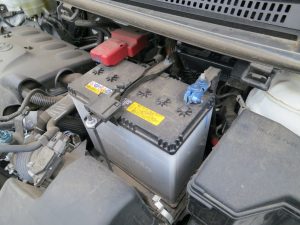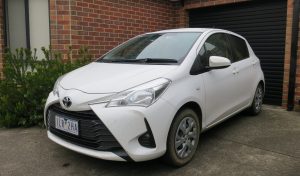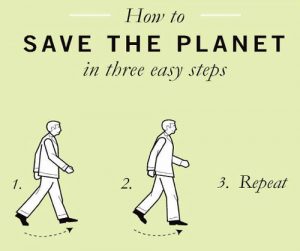Having read the Getting around overview you may like the idea of getting rid of one or even both your cars and pocketing some serious money but are just not sure about how to make it work. Fear not as going car free is easy to do and usually happens in six stages:
Stage 1: “Go car free? Stop that crazy talk”
- If you’re at this stage, there’s probably little we can say to sway your opinion.
- To move from this stage it’s probably best to try doing some of your trips with alternatives like public transport and walking rather than going car free straight away.
- The distance from your home to amenities, public transport and work also play a big part in this.
Stage 2: “Maybe I could go car free but I think it might be too hard”
If you’re at this stage, here’s a simple trick. Grab your diary or calendar and see what you did over the last year. List all of your trips into three categories:
- Trips where you didn’t use a car.
- Trips where you used a car but could have walked, rode a bike, taken public transport or reorganised something to be closer to home (e.g. shopping more locally).
- Trips where you needed to use a car.
You may be surprised to find that very few of your trips needed a car. This is what happened to us 8 years ago and motivated us to go car free.
“carfreeday-2008” by Spacing Magazine is licensed under CC BY-NC-ND 2.0
Stage 3: “Ok, maybe I’ll give it a go but I don’t know if this is going to work”
- If you’re ready to give it a try, simply park the car for 2 months. This is a great, no pressure way to try living with one car or no car.
- During the 2 month trial, your car will be sitting there waiting for you if you unexpectedly need it or if going carfree really doesn’t work out for you. Allow yourself a couple of weeks to adjust.
- If you are parking your car for 2 months, disconnect the battery at the negative terminal so it doesn’t get drained by the car’s electronics. Make sure to open and close the doors and boot/hatch every few weeks to keep the rubber seals from sticking.
- If you are not confident to disconnect the battery, do a trip every week or two in the car that you could easily do without the car so that you can truly experience what a carfree 2 months would feel like.
- Familiarise yourself with local public transport services, timetables and walking/bike paths for the trips that you’ll be regularly making.
- If you need occasional car use, Australia now has five car share services including two peer to peer services [1].
- For outer suburban and regional dwellers, Car Next Door and car hire companies serve these areas better for occasional car hire.

Stage 4: “Hey, this is not so bad. I could get used to this”
- After an initial period of adjustment, you may find yourself getting around just fine without your car.
- You may enjoy the extra fitness of riding and walking more, the extra time of getting to read on public transport or the reduced stress of a more relaxed way of travel.
- Even if you need to use a bit of car sharing or occasionally get a taxi, you may find that it’s a lot less than you expected and therefore much cheaper.
- When you see the cost of car use upfront, it is a big motivator to minimise car use to where it’s actually useful.
Stage 5: “The car is now a pain to keep around, I can’t wait to sell it”
- At the end of a successful car free trial, something interesting happens; your car is no longer your “freedom” machine because you have discovered your own freedom.
- Your car is now a big useless block of steel, rubber and plastic that is taking up space and eating up time and money.
- If you have reached this stage, congratulations! It’s time to sell the car and free up some cash.

Stage 6: Living without a car
- In the first year, you may rely on car sharing, car hire or taxis a bit more than a seasoned car free pro and that’s ok. Give yourself time to adjust.
- Like car travel, there will always be some trips that are unpredictable. We find the 95% of trips are a pleasure and 5% are not because of bad weather, public transport delays or a flat bike tyre (though we’ve solved that one, see The commuter bike).
- One big difference is that we rarely encounter congestion issues and any breakdown on a bike can be fixed on the road quite cheaply or a breakdown on a public transport service costs us nothing.
And for a final note always remember, if you ever have a change of circumstances in the future where you need a car again, you can always buy one. Even if you go back to car ownership after a period of car freedom the worst case scenario is that you end up healthier and financially better off.
Further Reading:
[1] Most car share services offer a service for either no monthly fee/higher usage charges or a higher monthly fee/lower usage charges. Once you’ve signed up, just book online and access your chosen car with a provided swipe card.
